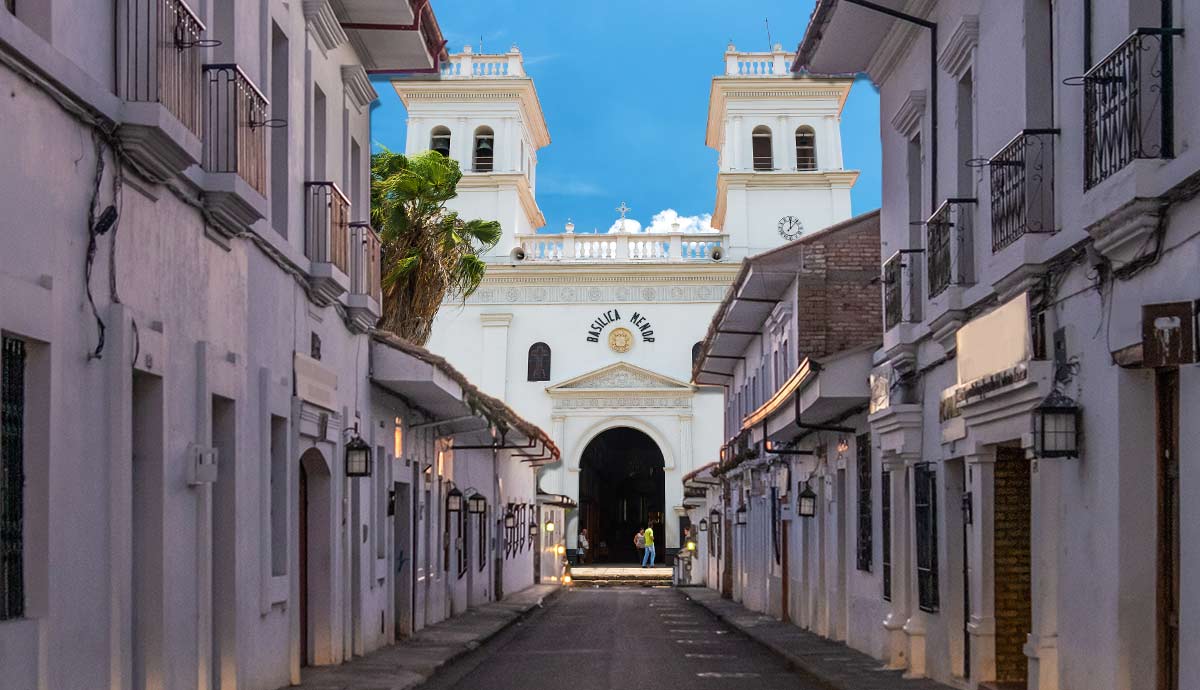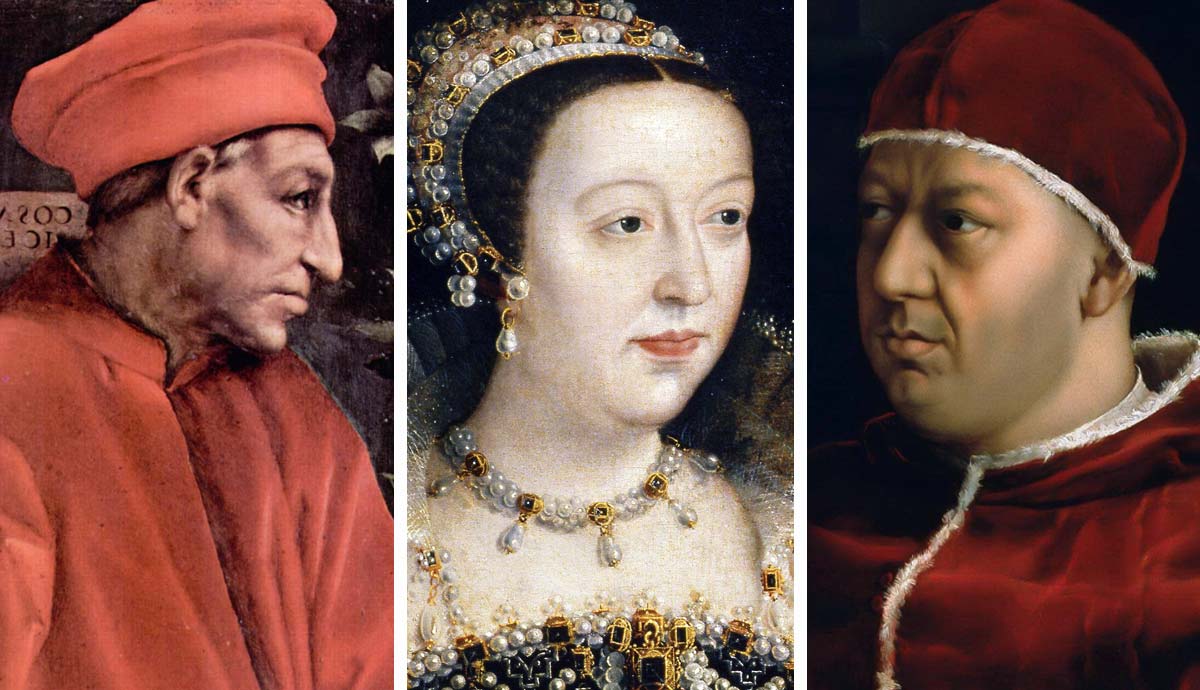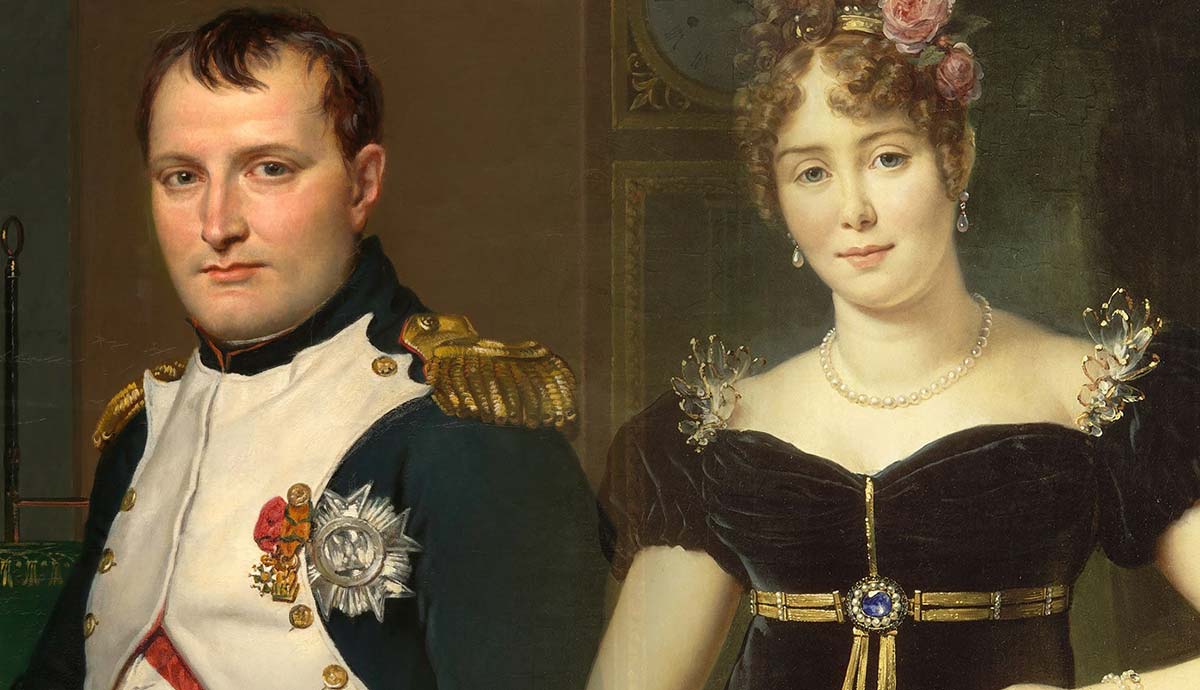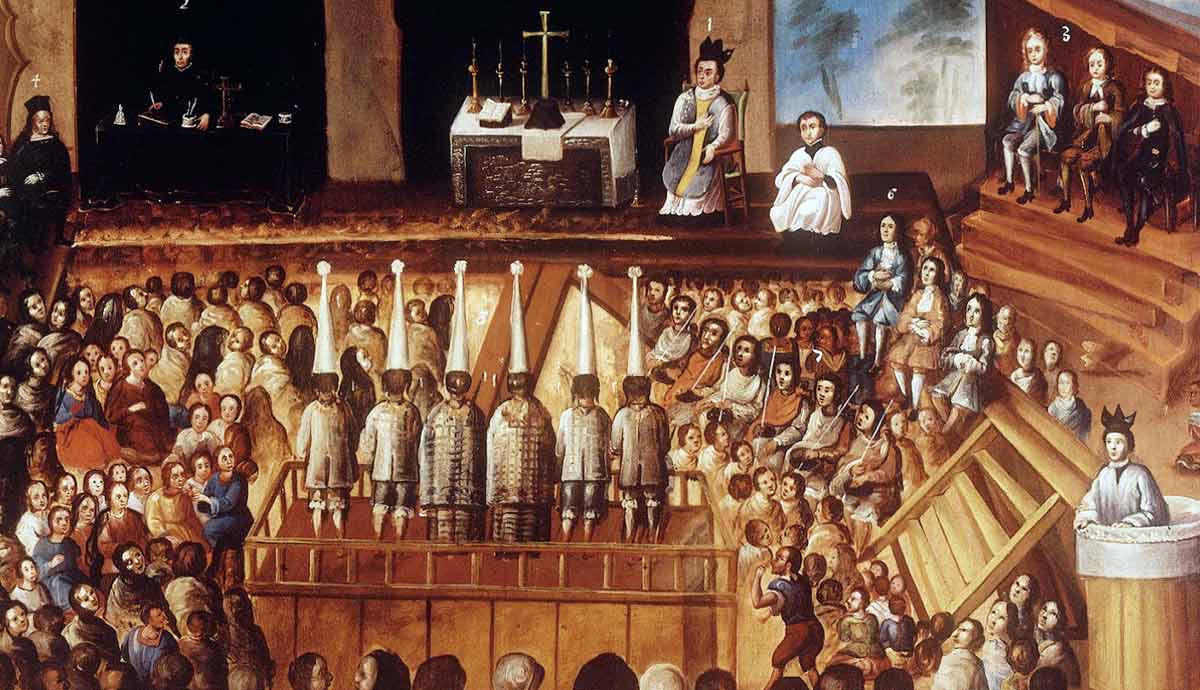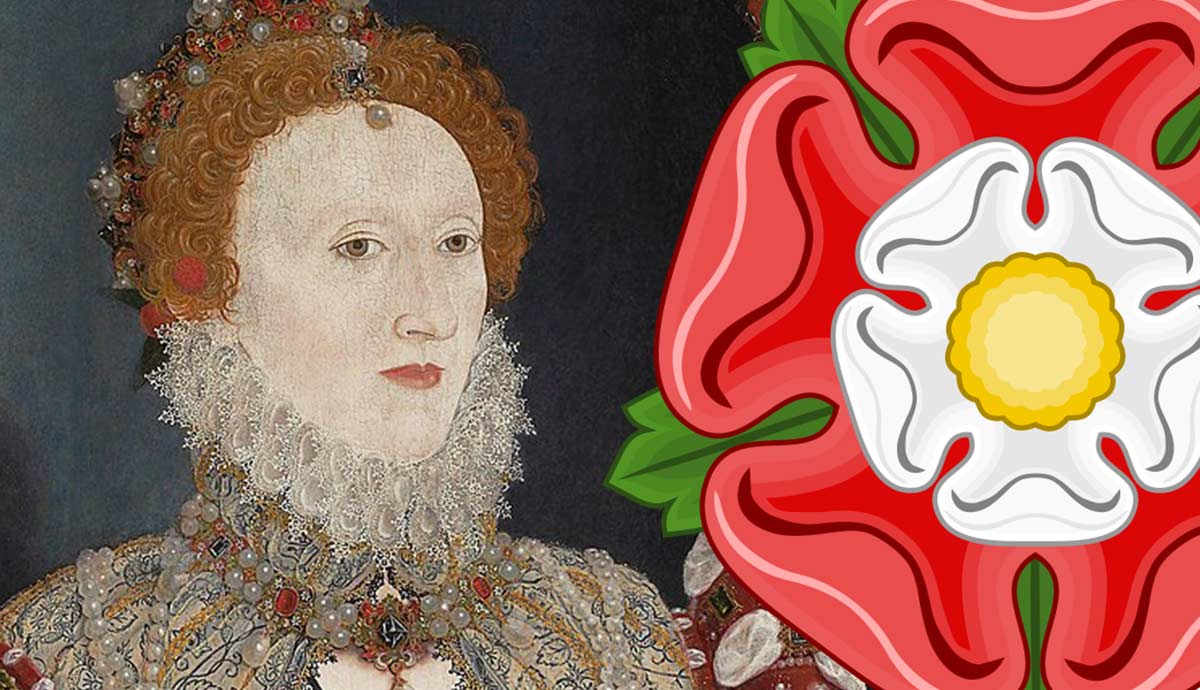
WWW.THECOLLECTOR.COM
The Rich Symbolism of the Tudor Rose (Emblem of the Tudor Monarchy)
The Tudor rose is synonymous with the Tudor Era. It represents not only the royal house but also 118 years of British history. For nearly twelve decades, from 1485 until 1603, England was ruled by a string of five successful Tudor monarchs. The Tudor rosetheir symbol, emblem, or badgewas one of the essential pieces of imagery that identified a Tudor supporter or loyalist.In this article, we will attempt to uncover the finer details regarding the Tudor Rose. When and why was it commissioned and created? Where was it displayed in the 16th century, and finally, why is it still in regular use, even in the 21st?What Is the Tudor Rose?The Tudor rose royally crowned. Source: Wikimedia CommonsAnyone with an interest in the 16th century will be familiar with the Tudor rose. It is one of the most distinctive flowers in the heraldry of the United Kingdom. The Tudor rose is not only a beautiful floral emblem but also a meaningful representation of peace and tranquillity in the kingdom. It is not only the heraldic badge of the House of Tudor but also a symbol that epitomized the joining of the Houses of Lancaster and York.To cut an extremely long story short, the royal houses of Lancaster and York were at war with each other for 30 years, from May 1455 until 1485. This ongoing conflictknown as the War of the Roses or occasionally as the Cousins Warended with the Battle of Bosworth Field, when the Lancastrian king, Henry VII, defeated the Yorkist king, Richard III. To further legitimize and promote his new rule, King Henry VII married Elizabeth of York, the daughter and niece of the former Yorkist monarchs, kings Edward IV and Richard III.By wedding Elizabeth of York, King Henry VII successfully united the warring houses forever. To mark the end of conflict and the beginning of a new and triumphant rule, King Henry commissioned a new badge and adopted it as his own. The Encyclopaedia Britannica explains that the Tudor Rose symbolized the union of Lancaster and York by representing the red rose of the Lancastrians superimposed upon the white rose of the Yorkists.Elizabeth of York, painted by Meynnart Wewyck, 16th century. Source: The Royal CollectionThe two heraldic imagesthe red rose and the whitewere no longer two separate symbols but one. The two flowers were joined together, their petals entwined, just as King Henry VII and Elizabeth of York were joined together in matrimony. The red represented King Henry, and the white represented Elizabeth. Any offspring they produced would be for neither Lancaster nor York, but Tudor.With this newly styled badge, King Henry VII secured his reputation as a peacemaker. The Tudor Rose became a reminder that it was he who ended the Wars of the Roses and brought good fortune to England and its people.Expert on heraldry, Adrian Ailes, tells us that King Henry VII and Elizabeth of York were living in an age when signs and symbols could speak louder than words.The Tudor Rose is now commonly referred to as the union rose. Since its creation 539 years ago, it has become the traditional floral emblem of England.Who Were King Henry VII and Elizabeth of York?A family portrait showing King Henry VII and Elizabeth of York alongside King Henry VIII and Jane Seymour, painted by Remigius van Leemput, 1667. Source: The Royal CollectionWho is the first figure that springs to mind when we think of the Tudor rose? Many members of the general public would name one of the most famous members of the Tudor family: King Henry VIII, Queen Elizabeth I, or maybe even Bloody Mary. This is not unreasonable at all, for all of these monarchs were considerably connected with the Tudor rose, and even used the flower as their official badge.However, as previously stated, the origins of the Tudor rose actually lay with King Henry VII. King Henry was the first Tudor monarch, and his reign spanned from 1485 until his death in 1509. He adopted the Tudor rose as his badge after his marriage to Elizabeth of York. This act was a mark of unification between two former enemies. King Henry VII represented the red rose, and Elizabeth of York represented the white.Despite the fact that their families had lately been engaged in a bloody, three-decade-long conflict, King Henry VII and Elizabeth of York got on surprisingly well. By all accounts, they grew to love each other deeply and were eventually extremely happy together.Together, King Henry VII and Elizabeth of York had seven children, of whom only three survived to the age of 18. They were Arthur Tudor (1486-1502), Margaret Tudor, queen of Scotland (1489-1541), Henry VIII, king of England (1491-1547), Elizabeth Tudor (1492-1495), Mary Tudor, queen of France (1496-1553), Edmund Tudor (1499-1500), and Catherine Tudor (1503-1503).King Henry VII and Elizabeth of York with their children, 1505-9. Source: The Royal CollectionIn 1502, Arthur Tudor, Prince of Wales and heir to the throne died at the age of 15. His tomb in Worcester Cathedral was adorned with red and white roses, to mark his royal descent from both Lancaster and York.The blissful union of king and queen lasted 18 yearsit ended with the death of Elizabeth of York on February 11, 1503. She succumbed to childbed fever on her 37th birthday, just nine days after giving birth to a daughter, Princess Catherine.We are told by chroniclers that Queen Elizabeth, lying in the tower of London, was brought to bed on Candlemas Day of a fair daughter who was Christened and named Catherine, and on February the eleventh, the most virtuous Princess and gracious Queen there died, and was with all funeral pomp carried through the City of London to Westminster and there buried, whose daughter lived but a little time after her mother.Henry VII Tudor, 1505-9. Source: Wikimedia CommonsElizabeth of York is remembered for being one of the most royally connected women of her era. It would not be unrealistic to claim that she was one of the most royally connected women in British history. Rarely has there been a woman with so many strong relations to so many separate kings.Elizabeth of York was the daughter of a king (King Edward IV), the sister of a king (King Edward V), the niece of a king (King Richard III), the wife of a king (King Henry VII), and the mother of a future king (King Henry VIII). She was also the grandmother of three monarchs (King Edward VI, Mary I, and Elizabeth I). Even the current king of England, King Charles III, is a direct descendant of Elizabeth of York and King Henry VII.King Henry VII ruled England alone until his death on the twenty-first of April in 1509. His eldest surviving son, Henry Tudor, inherited the throne as King Henry VIII and carried the Tudor Rose with him into a new reign.The Tudor Rose and Its Heraldic DescriptionThe Heraldic symbol of the Tudor Rose. Source: Wikimedia CommonsSo, now that we know who the Tudor Rose represents and why it was created in the first place, we come to the question of what it looks like as a consequence.In heraldic terms, the Tudor Rose is usually described as a double rose gules and argent, barbed and seeded proper.The phrase double rose describes the shape and style of the emblem. The Tudor rose is one of the most famous examples of a double rose in British heraldry. To put it simply, a double rose is any rose with ten petals rather than five. The double rose possesses five additional inner petals that rest within the outer petals. Therefore, it is essentially a combination of two roses, one on top of the other. In the case of the Tudor rose it is the smaller white petals that rest within the larger red.The words gules and argent refer to the color of the emblem. In heraldry, shades are referred to as tinctures rather than colors. Gules is one of the five dark tincturesthe others are azure (blue), sable (black), vert (green), and purpure (purple). Gules signifies the color red. Argent, on the other hand, is one of the two metal tinctures. The firstargentsignifies silver, or more often white. The secondorsignifies gold or yellow.The Pelican Portrait, featuring the Tudor Rose on the left of Queen Elizabeth I, painted by Nicholas Hilliard, 1575. Source: National Portrait Gallery, LondonThe description barbed and seeded concerns the details. If a heraldic rose is seeded, it means that it possesses seeds in the center. If a heraldic rose is barbed, it means that it possesses leaves or foliage.The heraldic description of the Tudor Rose is completed with the word proper. This term describes any instance in which the colors or shapes are true to nature.Double rose gules and argent, barbed and seeded proper, could otherwise be rephrased as two intertwining roses, red and white, seeds and foliage included, presented as if naturally occurring in the wild.The Tudor Rose and Its Heraldic VariationsThe dimidiated badge of King James I of England. Source: Wikimedia CommonsEven emblems as special as the Tudor rose have been reimagined and restyled many times throughout the centuries. One of the most popular ways in which the Tudor rose has been changed is through dimidiation. If a piece of heraldry has been dimidiated, it has been cut in half and combined with another symbol to form a new badge.There are many examples of the Tudor rose being dimidiated. One of which can be found in the emblem of Catherine of Aragon, the first wife and Queen of King Henry VIII. When she became Queen of England in June of 1509, she chose to split her badgethe Spanish pomegranatedown the middle and combine it with the badge of her husbandthe Tudor rose.Following his ascent to the English throne in 1603, King James VI of Scotland and I of England created a new badge for himself. His consisted of a Tudor rose dimidiated with a Scottish thistle and surmounted by a crown.The Tudor Rose slipped and crowned. Source: Wikimedia CommonsOn occasion, a Tudor rose may also appear to be slipped. This means that it is supported by a stalk, and possibly even surrounded by a greater amount of leaves, branches, or sprigs of trees.The Tudor rose is also often royally crowned, which means that a crown sits atop the petals.Where to Find the Tudor Rose in the Modern EraThe coat-of-arms of the Yeomen of the Guard. Source: Wikimedia CommonsHistory lovers will agree that Tudor roses can be found in abundance in Great Britain. The Tudor rose, especially in combination with other floral symbols, is an extremely common sight in towns and cities alike.So essential is the Tudor rose to the people of England that it forms part of the official badge of the United Kingdom. Scotland uses the thistle, Wales uses the Leek, Ireland uses the shamrock, and England uses the Tudor rose. These four symbols, when merged together, form the unmistakable floral coat-of-arms of the UK.This same coat of arms also acts as the contemporary badge of the Yeomen of the Guard. The Yeomen of the Guard are the official bodyguards of the British monarch. Interestingly, they are the oldest British military corps still in existence. Predictably, they were founded by King Henry VII himself, in 1485.More commonly, people recognize the same coat-of-arms as the one worn daily by the Yeomen Warders, or Beefeaters, who work at the Tower of London.On each of these versions of the coat-of-arms, the motto of the monarch of England sits beneath the rose. These words are Dieu Et Mon Droit, which translates from French to English as God and My Right.The Tudor rose is also used widely on British coinage. Most notably, a design of the emblem by William Gardner was used on the 20 pence piece, from 1982 until 2008.Visitors to England may be familiar with VisitEngland, the official tourist board. These visitors will know that the Tudor rose, alone rather than combined with any other emblem, acts as their official symbol.Over the last five centuries, the Tudor rose has by no means fallen out of use. It can still be spotted in a huge variety of unexpected locations if only you know where to look.
0 Yorumlar
0 hisse senetleri
113 Views




